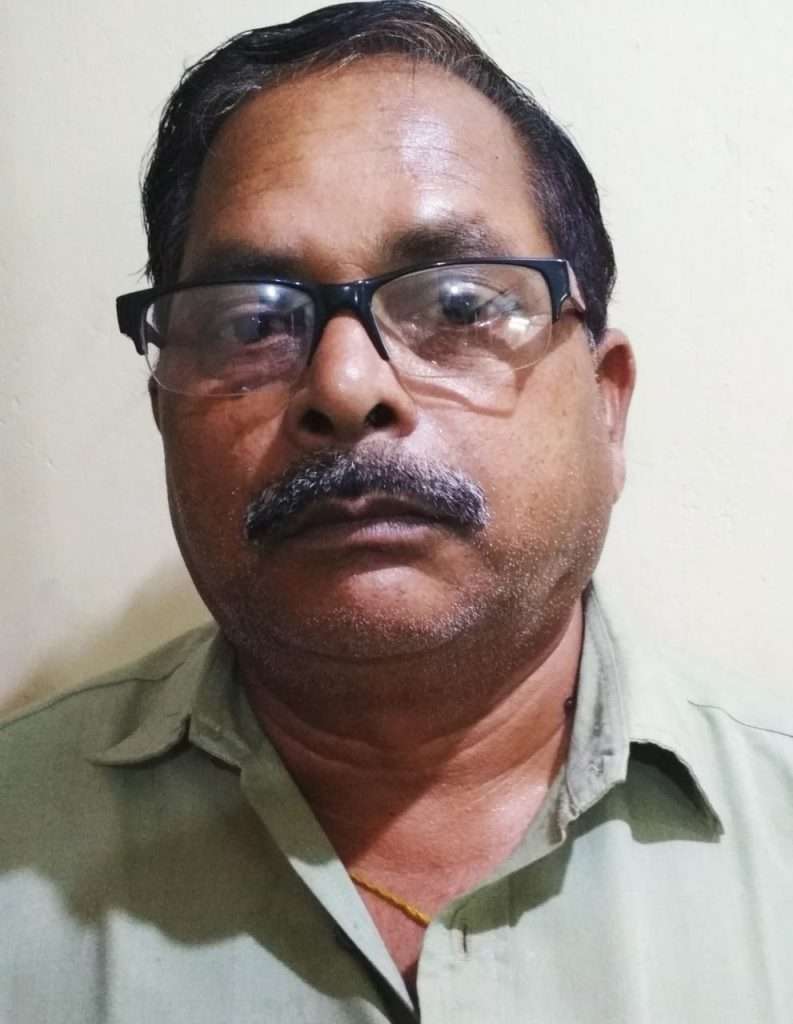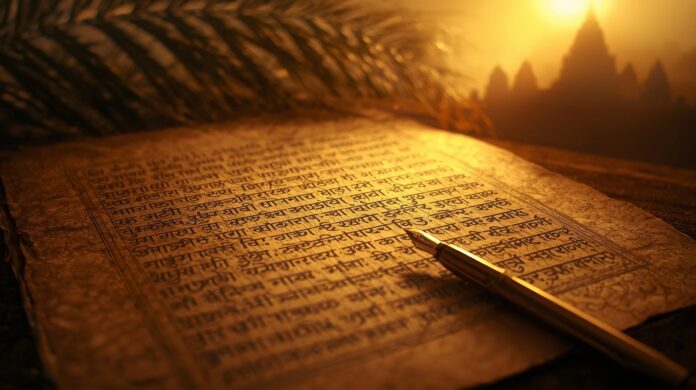Sanskrit poetics is the most difficult chapter in Sanskrit literature. Examiners have inclination to set difficult questions from Sanskrit poetics in the civil services examination.
Sanskrit poetics is the study of beauty in Sanskrit poetry. It is also called Alankara Shastra. It originates in Vedic hymns. Its early exponents were Bharata Muni in his Natyashastra, Bhamaha, Dandin, Ananda Vardhana and Kuntaka. There are six schools of poetics:
Alankara
Rasa
Dhvani
Riti
Vakrokti
Auchitya
It is debatable which of these is soul of poetry. But all are important. All constitute the soul of poetry. But it is aesthetics which is enjoyed by the readers.
Alankara = It means ornament. It embellishes the poetry. There are figures of speech. Upama (Simile), Rupaka (Metaphor) and sonic devices like Anuprasa and Jamaka — alliteration and chimes.
Rasa = It is the sentiment. It is the aesthetic experience in reader or spectator. It is the central concept of Sanskrit poetics. Bharata Muni’s Rasa Sutra is the foundation of this theory.
Dhvani = It means suggestion. Aananda Vardhana was its founder. Suggested meaning is more important than literal one. Some say that Dhvani is the soul of poetry.
Riti = It means style or manner of composition. It is said — style is the man. Vamana is the main exponent of this theory.
Vakrokti = Indirect language to create effect. It is said — Kuntakasya Vakrokti, vicharam Dhvani paryantam eba vistaram yati. That means Kuntaka’s Vakrokti theory extends to the Dhvani theory. Again it is said — Dhvani theory is almost similar to the English poet Wordsworth’s theory of poetry.
Auchitya = It is the propriety of poetry. Its main exponent was Kshemendra. There was a question on this in Civil Services examination:
“Kshemendra krita Auchitya Vichara Charcha Dhvani vimarsa niskarsa rupa ebam Vimrusyatam.”
Meaning — Kshemendra’s Auchitya theory not only elaborates the Dhvani theory but also concludes it. Elaborate your answer.
There are main treatises on Sanskrit poetics: Bharata Muni — Natyasastra, Bhamaha — Kavyalankara, Dandin — Kavya Darsha, Vamana — Kavyalankara Sutra Vritti, Mammata — Kavya Prakasa, Viswanatha — Sahitya Darpana.
In Ancient India the poet (Kavi) was seen as a seer (philosopher — Darshanika).
(The views expressed are the writer’s own.)

Radhakanta Seth is a Former Income tax officer in Sambalpur. He is a Freelance writer and his articles have been published in some Oriya dailies like Sambad, Samaj, Dharitri and English dailies like The Telegraph and in a sociological journal ‘Folklore’ published from Kolkata.
(Photo has collected from net )

